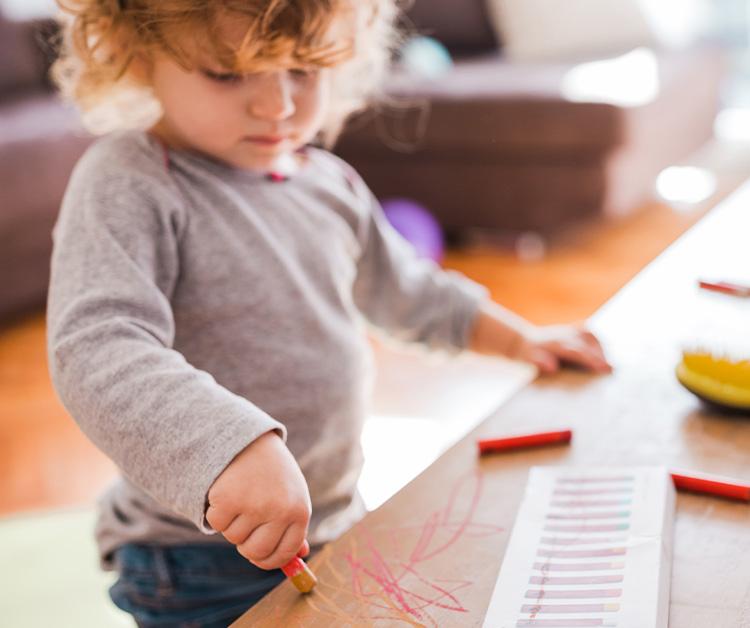Due to maintenance, rewards points for receipt uploads will be delayed. Thank you for your patience!

We’ve all heard stories about 2-year-olds long before we have to parent one. But what should you really expect?
“Terrible twos” may be a catchy phrase, but is it really true?
Many child development specialists believe that the idea of the “terrible twos” is deeply exaggerated. Some research has suggested that how parents react to very common developmental changes at this age is a greater influence on how easy or difficult their children turn out to be.
The bottom line: There’s both truth and myth at play behind the notion of the terrible twos. See how many behaviors of 2-year-olds that can be seen as exhausting and negative actually reveal some wonderful positives about your child.
Your 2-year-old can seem moody, changing lightning fast from cheerful to meltdown. But this is a time of continuing major cognitive, motor, and social changes. She is realizing there’s a big, interesting world out there. She may want to do things that she sees older children or adults doing, but her interests often go beyond her physical strength and skill or her ability to understand.
What helps: Set her up for success. Provide age-appropriate activities and toys that challenge her without being too easy or too hard.
That unspooled toilet paper, emptied kitchen drawer, or block-strewn floor aren’t the results of willful disobedience. They’re all signs of your toddler’s deep interest in what things are and how they work. Your toddler is like a detective pulling together clues about the world around her. (Or sometimes, pulling them apart!)
What helps: Create a “yes” environment so your 2-year-old can play and explore without getting into situations that cause you to say no or get upset.
When your toddler keeps doing something after you’ve said no, it’s another form of learning. She’s trying to find out, If I do it one more time, do you really mean stop? If I do it again, will you follow through on your warning?
What helps: Establish limits and follow through every time. Consistency helps children learn discipline as they make their way through the terrible twos.
During the terrible twos, your toddler is discovering her own will, needs, and desires. That’s the root of the word “no.” It’s a powerful way your 2-year-old can declare that she’s her own person, separate from you. That’s a heady feeling that makes her feel good—even when she’s disagreeing with things she normally likes!
What helps: Let your child exert some control over her life by offering limited choices in place of making commands: “Do you want the red cup or the blue cup?” “These socks or those?” They shouldn’t be big choices (“Do you want to go to preschool?” “Do you feel like a nap?”). Your budding independent child still needs you to take care of the big decisions in her life. But by feeling that she has some say in things, she may be less likely to be oppose you.
And on great days when all goes well, you may wonder why they don’t call the terrible twos the “terrific twos.”
All information on Enfamil, including but not limited to information about health, medical conditions, and nutrition, is intended for your general knowledge and is not a substitute for a healthcare professional's medical identification, advice, or management for specific medical conditions. You should seek medical care and consult your doctor or pediatrician for any specific health or nutrition issues. Never disregard professional medical advice or delay seeking medical treatment, care, or help because of information you have read on Enfamil.